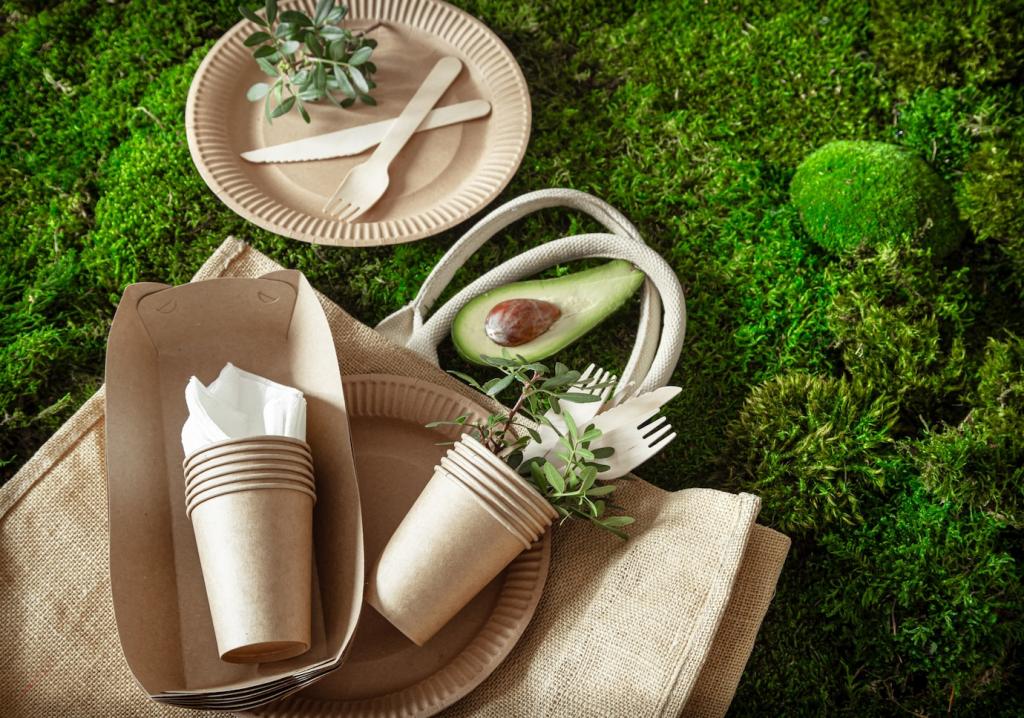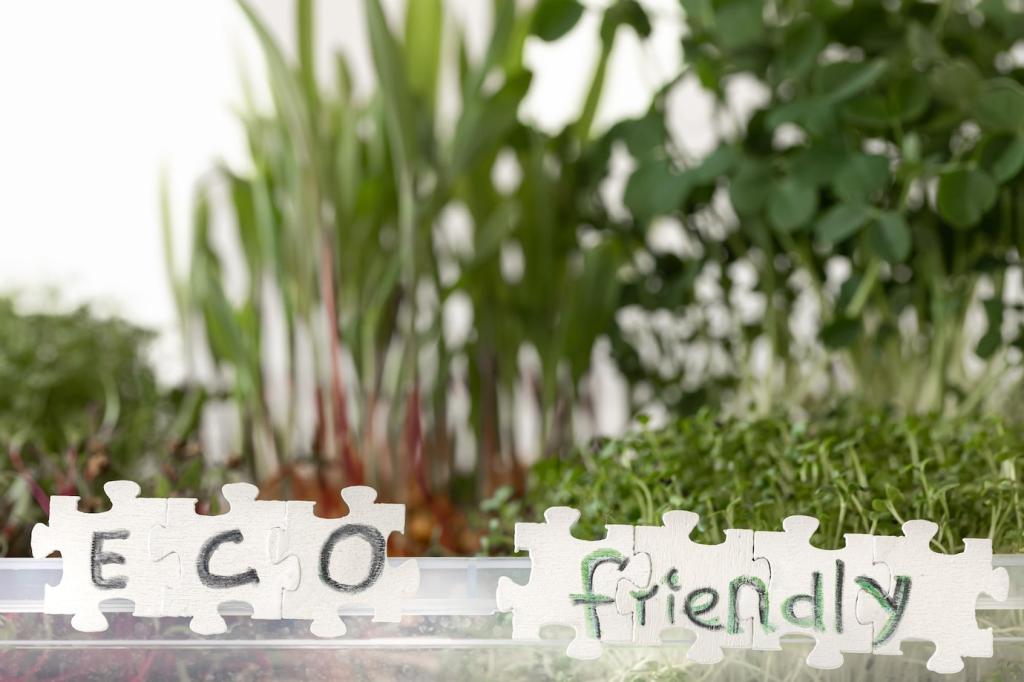
Gentle by Nature: Eco‑Friendly Cleaning for Antique Furniture
Chosen theme: Eco-Friendly Cleaning Solutions for Antique Furniture. Preserve patina, history, and craftsmanship with planet‑kind methods that honor age, avoid harsh chemicals, and keep heirlooms beautiful for generations.
Reading the wood’s history
Look for clues: warmth of patina, wear around handles, and faint craquelure on glossy surfaces. These signs suggest fragile finishes that prefer minimal moisture, soft cloths, and calm patience over aggressive scrubbing or trendy miracle hacks.
Shellac, lacquer, oil, or wax?
Shellac softens with alcohol, lacquer is sensitive to strong solvents, oil finishes respond to mild soap and water sparingly, and wax layers need gentle cleaning. When in doubt, spot test in a hidden area and choose the least invasive option possible.
Hardware, inlays, and mixed materials
Brass pulls, bone or mother‑of‑pearl inlays, and marquetry each react differently to moisture and cleaners. Protect edges with painter’s tape, use micro swabs for details, and never soak. Treat each material as unique to avoid unintended damage.

Build Your Green Cleaning Kit
Distilled water prevents mineral spotting, while a tiny amount of non‑ionic, plant‑derived surfactant helps lift grime without stripping finishes. Mix weak solutions, apply with barely damp cotton, and immediately dry to keep surfaces stable and smiling.
Build Your Green Cleaning Kit
Use soft cotton, microfiber, and a goat‑hair dusting brush; pair with a HEPA‑filtered vacuum on the lowest suction. These simple tools remove abrasive dust safely, reducing the need for stronger interventions that risk finishes and the environment.

The Gentle Cleaning Routine
Start with a soft brush to lift dust into a HEPA nozzle held nearby, never dragging grit across the surface. This reduces micro‑scratches and prevents dirt from binding to old wax, so deeper cleaning becomes safer and significantly less frequent.
Water rings without harsh chemicals
For fresh white rings, warm the area gently using a hairdryer on low, moving constantly, then buff with a soft cloth. A tiny touch of beeswax after testing can restore gloss. Avoid mayonnaise and silicone polishes that migrate and complicate future care.
Musty odors from old drawers
Place bowls of baking soda or activated charcoal nearby, never directly on wood. Air the drawers in shaded, dry conditions with gentle airflow. A sachet of cedar shavings in a muslin bag helps, but avoid essential oil drips that can stain or linger strongly.
Mold and mildew triage
First, dry the piece: reduce humidity and increase airflow. Lift spores using a HEPA vacuum with a micro‑nozzle and brush. If necessary, swab affected finish with very lightly dampened cloth, then dry immediately. Avoid bleach and aggressive antimicrobial sprays.
Natural Waxes and Polishes That Respect Age
Beeswax with a touch of carnauba
A thin, well‑buffed blend of beeswax and carnauba can revive muted luster while remaining repairable. Apply sparingly with soft cloth, allow a short cure, then buff. Thin coats preserve details and avoid tackiness that attracts dust or dulls patina.
Why to skip olive oil and vinegar
Popular online ‘recipes’ can darken wood, turn rancid, or creep under finishes. Vinegar’s acidity is risky, and oils can soak into end grain, complicating conservation. Choose reversible waxes and neutral cleaners that honor both history and future stewardship.
Testing, patience, and thin coats
Always test in an inconspicuous spot, wait a full day, then evaluate in natural light. Build protection gradually. If the surface smears or dulls, stop and reassess; the greenest fix is the one you never need to undo later with stronger interventions.
Case Study: A Walnut Dresser Finds Its Glow
The 1920s walnut dresser had clouded wax, drawer odor, and a white ring from a plant pot. Its owner remembered her grandfather setting his watch there nightly. That memory set our tone: respect the wear, brighten the life, and keep every trace meaningful.

Ask your trickiest cleaning question
What finish confuses you, or which stain keeps returning? Post a comment with details and a photo, and we will suggest the gentlest path. Your question may inspire a future guide dedicated to safe, planet‑kind antique furniture care.
Share a family furniture memory
Tell us the story behind your table’s nicks or your cabinet’s drawer labels. Personal history guides ethical cleaning decisions, ensuring we preserve meaning as much as material. Community memories teach subtle, respectful choices far better than product ads.
Subscribe for monthly green care tips
Join our newsletter for new eco‑friendly recipes, expert interviews, and cautionary tales about what not to do. We keep it practical, tested, and kind to old finishes. Your inbox becomes a steady workshop for thoughtful, sustainable stewardship at home.
